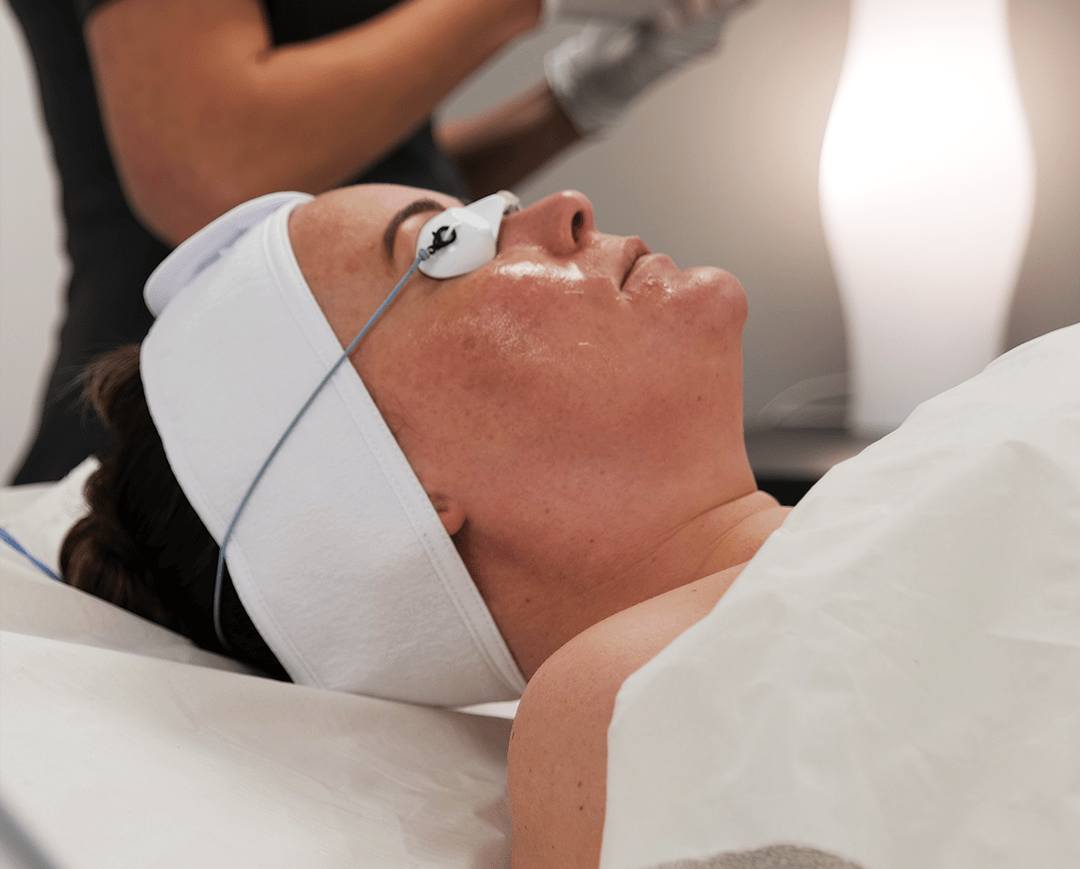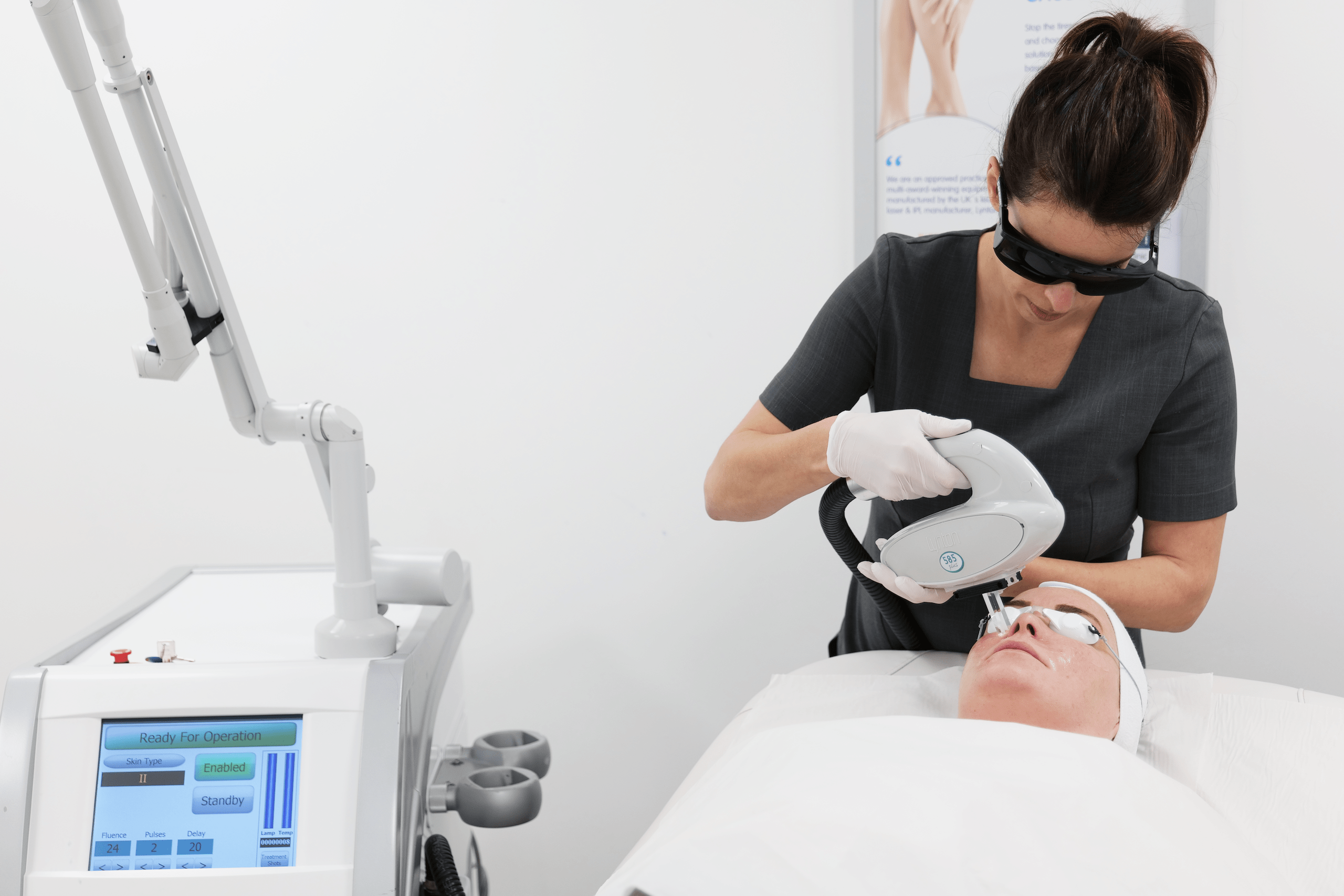Pigmentation concerns are common, affecting the overall tone and texture of the skin. Dark spots, uneven patches, and discoloration can dull the natural brightness of your complexion, making skin appear less vibrant. Fortunately, removing pigmentation effectively can restore clarity, improve skin tone, and brighten your appearance.
Causes of Pigmentation
Sun Exposure
One of the leading causes of pigmentation is sun exposure. Ultraviolet (UV) rays stimulate melanocytes, the cells responsible for producing melanin, leading to an overproduction of pigment. This causes dark spots, also known as sun spots or age spots, to appear, especially on areas frequently exposed to the sun, like the face, hands, and shoulders. Continuous exposure without proper protection can worsen these spots over time.
Hormonal Changes
Hormonal fluctuations, particularly during pregnancy or from using birth control pills, can result in a condition called melasma. This form of pigmentation usually appears as dark, irregular patches on the face and is more common in women. The imbalance in hormones triggers an increase in melanin production, causing blotchy areas of pigmentation that can be difficult to fade without proper treatment.
Inflammation and Acne
Post-inflammatory hyperpigmentation (PIH) is another significant cause of pigmentation, occurring after inflammation or skin injuries such as acne. When the skin heals from an injury, it sometimes produces excess melanin, resulting in dark spots or patches. PIH can linger for months, especially if left untreated, making it essential to use targeted treatments for quicker recovery.
Aging
As the skin ages, its ability to regenerate slows down. This natural aging process leads to an accumulation of melanin in certain areas, resulting in age spots and uneven pigmentation. Older skin is also more prone to sun damage, exacerbating the issue of pigmentation as melanin production becomes irregular.

Effective Treatments for Removing Pigmentation
Topical Brightening Agents
One of the most common approaches to removing pigmentation is through the use of topical brightening agents. Ingredients like hydroquinone, niacinamide, and vitamin C are highly effective in reducing the appearance of dark spots and evening out skin tone. These ingredients work by inhibiting melanin production and promoting the skin’s natural exfoliation process to reveal a clearer complexion over time.
Chemical Peels
Chemical peels use acids, such as glycolic acid or salicylic acid, to exfoliate the skin and remove the outermost layer where pigmentation resides. By encouraging cell turnover, chemical peels help lighten dark spots and smooth out uneven skin tone. Depending on the severity of the pigmentation, different peel strengths can be used, ranging from superficial to deeper peels.
Pico Laser Treatment for Pigmentation
One of the most advanced treatments for removing pigmentation is Pico Laser therapy. This non-invasive laser treatment targets pigmentation at its root, breaking down the pigment into tiny particles that are naturally flushed out by the skin. The Pico Laser is highly effective for various types of pigmentation, including sun spots, melasma, and PIH. Unlike traditional lasers, Pico Laser uses ultra-short pulses, reducing the risk of damage to surrounding tissues and making it a safer option for all skin types.
The Pico Laser is particularly beneficial for treating stubborn pigmentation that doesn’t respond to topical treatments. It penetrates deeper layers of the skin, ensuring more thorough and long-lasting results. Additionally, the minimal downtime associated with Pico Laser makes it an appealing option for those seeking quick recovery and noticeable improvements.
Intense Pulsed Light (IPL)
Another popular treatment for removing pigmentation is Intense Pulsed Light (IPL) therapy. This treatment uses broad-spectrum light to target pigmentation and break down excess melanin. IPL is effective for treating sun spots, freckles, and age spots, especially on lighter skin tones. It also helps improve overall skin texture and tone by stimulating collagen production. However, it may not be suitable for those with darker skin types due to the risk of hyperpigmentation.
Microdermabrasion
Microdermabrasion is a less aggressive yet effective method for pigmentation removal. This treatment involves using a device that gently exfoliates the outer layer of the skin, removing dead cells and stimulating new cell growth. It’s an ideal option for individuals with superficial pigmentation concerns, such as mild sun damage or uneven texture. Regular sessions can help maintain a brighter, more even complexion over time.
What to Remember About Pigmentation Removal
When it comes to removing pigmentation, consistency is key. While treatments like Pico Laser and chemical peels can deliver fast results, maintaining an even complexion requires ongoing care. Incorporating sunscreen into your daily routine is crucial, as unprotected sun exposure can reverse the progress made by treatments. Opt for broad-spectrum sunscreens with SPF 30 or higher to shield your skin from harmful UV rays and prevent new pigmentation from forming.
Additionally, patience is important. While some treatments, like Pico Laser, can show results after just a few sessions, others may take longer. Pigmentation is often deep within the skin, and reversing it completely can take time. Be mindful to follow post-treatment guidelines, such as avoiding sun exposure and using prescribed topical agents, to maximize the benefits of your chosen treatment.
Incorporating a skincare routine that targets pigmentation can also complement in-office treatments. Look for products that contain ingredients like retinoids, AHAs, and antioxidants to boost the skin’s renewal process and protect against future pigmentation.
Conclusion
Removing pigmentation requires a combination of targeted treatments and ongoing skincare maintenance. From sun exposure to hormonal changes, various factors can contribute to uneven skin tone, but modern treatments like Pico Laser, chemical peels, and topical brightening agents can effectively reduce pigmentation and restore a radiant complexion. For long-lasting results, a combination of professional treatments and at-home care is essential to maintain clear, even, and brighter skin.

